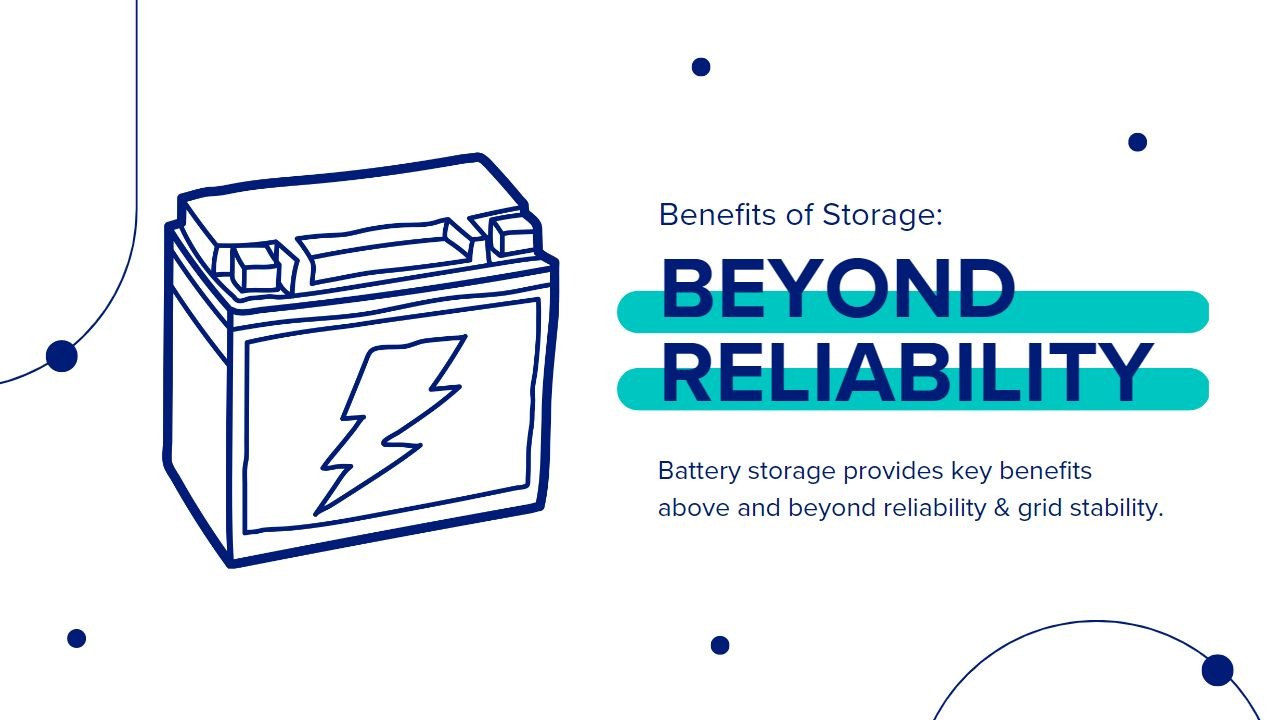How do you save utility customers $100 million annually?
I’ll give you a hint, batteries are the solution.
A preliminary report from the American Clean Power Association studied the Energy Storage Potential in Maryland.
Their findings include:
· Building 3,000+ MW of energy storage could save Maryland ratepayers as much as $100 million annually by 2033.
o Energy costs are about $2/MWh lower due to greater storage and renewables by 2033.
o Deploying this level of storage would reduce residential electric bills by about $1 a month compared to an alternative that is more dependent on gas, according to the report.
· 3,000+ MW of energy storage could reduce emissions by 93% over the next ten years
I am looking forward to reviewing this final report since it was a comparison of a continued gas dependence scenario (continue Maryland’s reliance on gas resources to meet its peak and energy load between 2023 and 2033) vs. increased energy storage scenario (procure at least 2,500 MWs of energy storage resources in Maryland between 2023 and 2033).
This study comes at a perfect time. Texas is debating SB6, which adds 10,000 GWs of new natural gas to be on the sidelines in case of an emergency. Yet, emergencies did happen in Texas as recently as December 2022. 2 million customers were asked to conserve their gas use by lowering their thermostats due to low gas pressure.
Why are we pushing for more natural gas? Grid-scale battery storage assists with renewable energy curtailment, an alternative to transmission build in certain cases, and helping to reduce greenhouse gas (GHG) emissions by releasing stored energy.
An estimate from Lower Colorado River Authority believes the 10 GWs could cost $18B. RStreet estimates Texas SB6 would add $10 Billion to Texans’ electric bills. This increase is due to
1. New state funding for 10GWs of new natural gas generation
2. A new fund to provide lowinterest loans to new and existing gas plants. SB6 passed the Senate on 4/6/23.
Are we sure that building more natural gas plants will prevent another Uri incident? Why are we not looking to standalone storage to provide instantaneous relief in times of extreme weather?
I commend states such as Maryland, New York, and Illinois that are digging into the numbers for how much storage can save their customers and/or developing credit mechanisms to incentivize storage as they plan for the energy transition. I will dig into credit mechanisms for energy storage in a future article.
Battery storage provides key benefits above and beyond reliability & grid stability. Storage can replace larger, more expensive fossil-fueled peakers with much smaller rapid-response battery systems. It is time to look at how storage can benefit communities across the United States in both reliabity and economics. Qcells USA Corp. USA Corp is developing over 10 GWs of PV+S and BESS across the country to help with customer satisfaction through lower energy costs while reducing GHG emissions.
To read more blog posts from Amy Jo Miller, please see her blog here.





 USA & Canada
USA & Canada Korea
Korea Germany
Germany United Kingdom
United Kingdom France
France Italy
Italy Netherlands
Netherlands Greece
Greece Poland
Poland Portugal
Portugal Hungary
Hungary Spain
Spain Japan
Japan